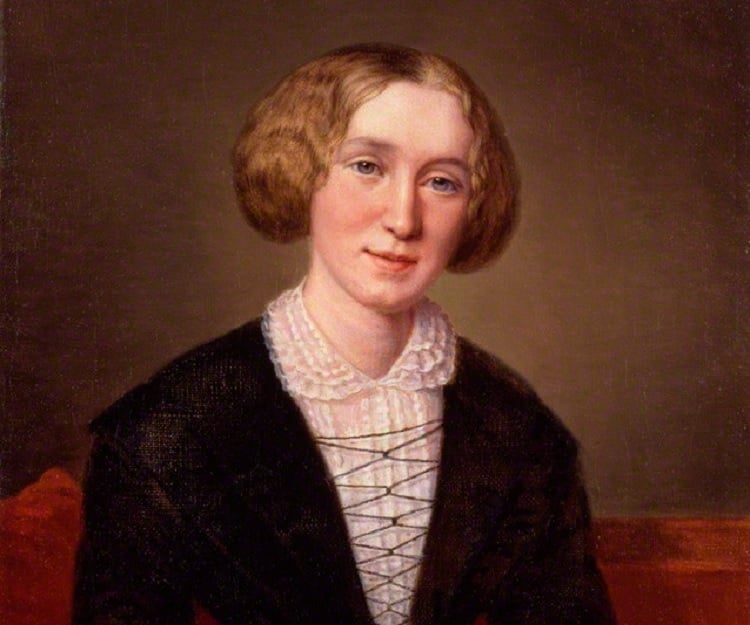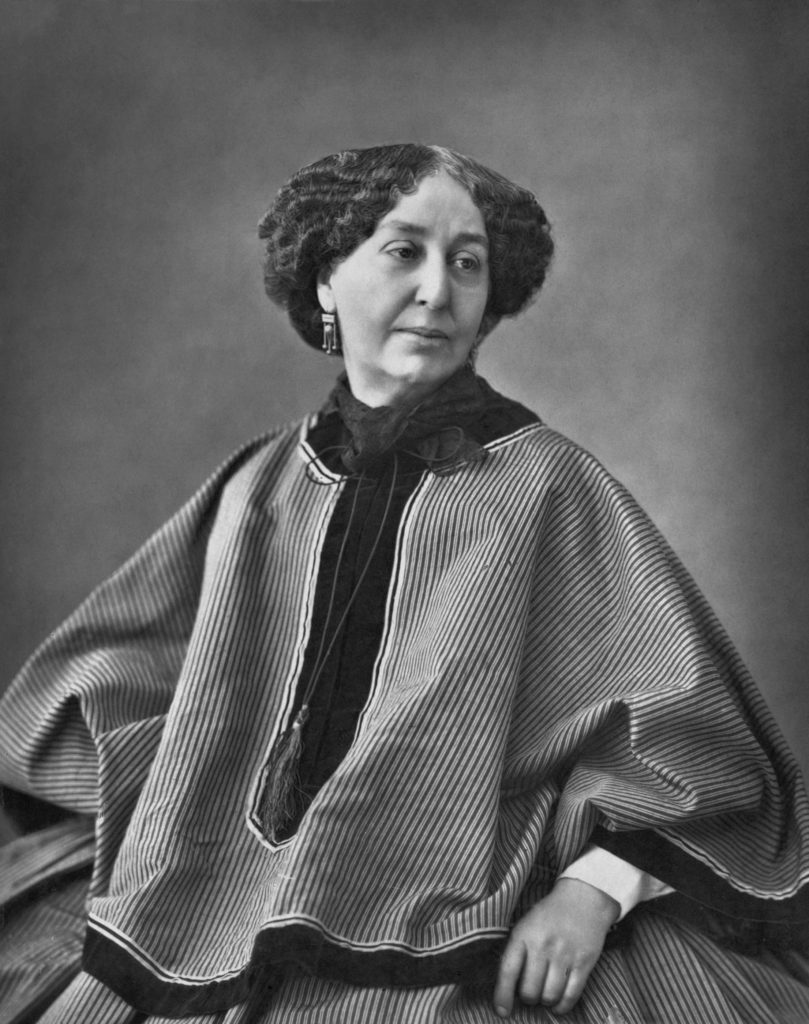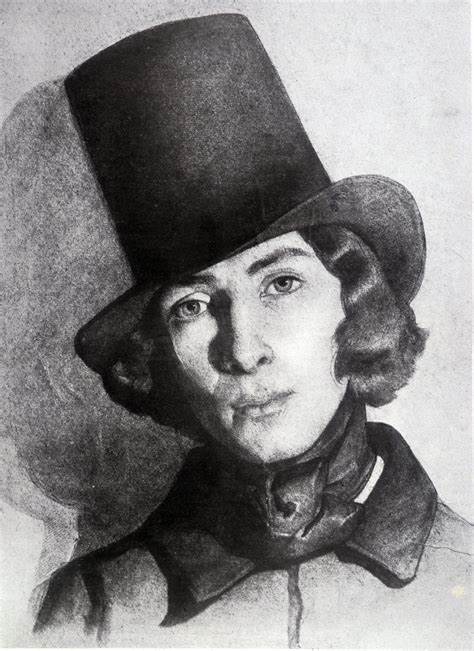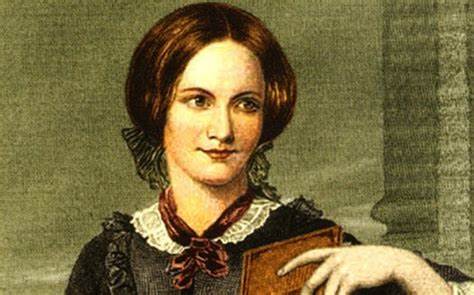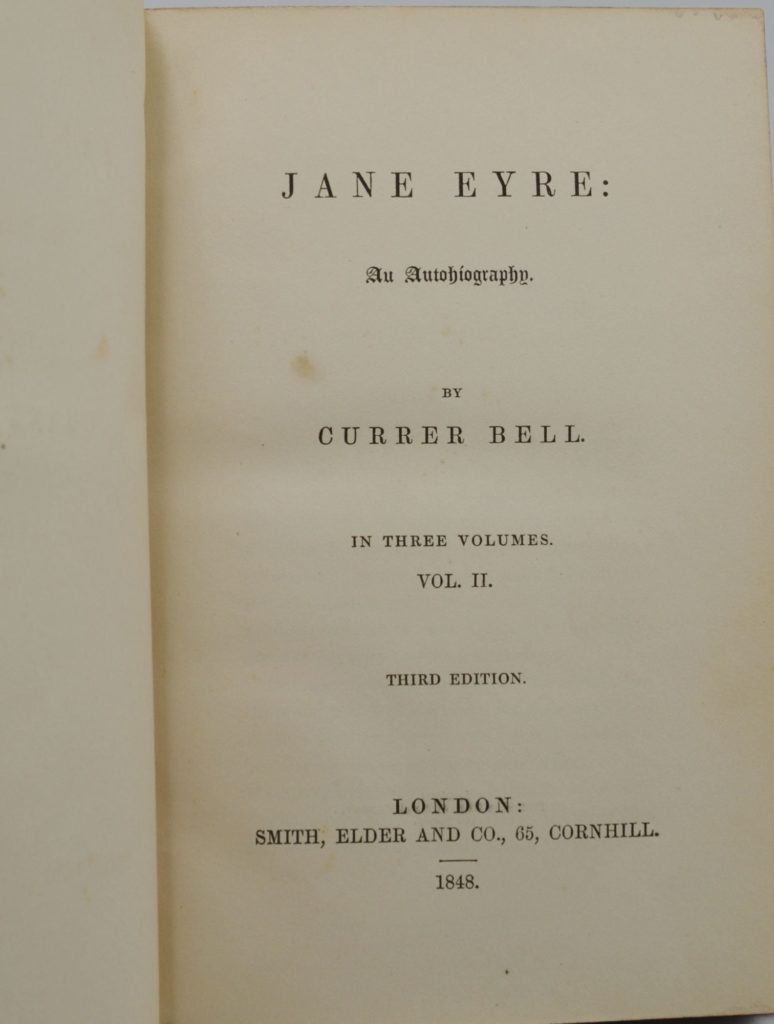The 18th and 19th centuries saw the emergence of many celebrated female writers for the first time in history. Authors like Jane Austen, Louisa May Alcott, Emily Dickinson, and Mary Shelley published their books that are considered classics today. However, many female writers faced discrimination in their work, as only some types of writing were seen as acceptable for a woman to write.
Some women found a way around gender discrimination in the literary world to publish their works. One-way women did this was by using a male pen name. Female writers often had more than one reason for using a gender neutral or male name to publish under. While there were many other women publishing under their real names at this time, these women often saw an advantage to using these names to get an unbiased view from publishers, keep their public and private lives separate, or write types of books that were different from what the public assumed female writers wrote. To continue celebrating Women’s History Month, let’s take a look at some female authors that used pen names to publish their works!
1. George Eliot (Mary Ann Evans)
Mary Ann Evans went by the pen name George Eliot to ensure her works were taken seriously in the Victorian Era. She is mostly known for her seven books such as Adam Bebe, Middlemarch and The Mill on the Floss, but she also wrote poetry, short stories, non-fiction, and translations.
She was enrolled into a boarding school for a few years, but had to leave at 16 when her mother died and she was expected to act as housekeeper. Luckily she was allowed access to the library of Arbury Hall which allowed her to continue her education in her own way. There she found a love for the classics which became apparent in her later works.
Her introduction to the literary world was through translation work. While writing wasn’t always seen as a proper thing for women to do, translation work was generally accepted. She also found encouragement and support through the connections she made in the Rosehill circle. Started by Charles and Cara Bray, they were a group of people who held and debated radical views. Through this group she was able to make connections with people like Harriet Martineau and Ralph Waldo Emerson, and she was pushed to pursue her dreams for writing. Charles Bray helped Evans publish some of her first writing in his newspaper the Coventry Herald and Observer.
In 1850 Evans began to write for The Westminster Review and became the assistant editor just a year later. During her time there she often commented on her views of society as a whole and the Victorian way of thinking. She believed that there needed to be more support for lower classes and criticized the ways organized religion was acting in light of contemporary ideas starting to arise.
One of her last essays for the Review was “Silly Novels by Lady Novelists.” She criticized the fact that most women writers at the time were writing stories that were simple and trivial in a time where she thought women could do much more. Through this essay, we get an idea of why she soon afterwards took up a male pen name. She saw that the association with women writers was that they all should be romances or lighter works that shouldn’t be taken seriously by the public, especially not men.
Evans had other reasons for creating her pen name as well. She had made a reputation for her pieces for newspapers and her translation work, but was entering a new era of her writing. By creating a new name, her new works wouldn’t be seen through the lens of the work she had already done and could be seen at face value. She also was facing scandal in her personal life for being in a relationship with a married man, and she did not want her professional work to be scrutinized by people who were already judgmental of her life or morals.
There were some struggles with having a pen name, and Evans ran into that issue. After she released her first novel, Adam Bede, there was a lot of curiosity as to who had written it. A man named Joseph Liggins tried to claim authorship of the book, and the increased pressure of the success of the novel led to the need of her acknowledging it was her work.
The initial release under a pen name allowed her work to be a great success, though it is hard to say if this was due to her pen name. Her works even reached the royal family. Both Princess Louise and Queen Victoria read Adam Bebe and were so impressed with it that the Queen commissioned a famous artist of the time, Edward Henry Corbould to paint scenes from the book. While it is impossible to say if Evan’s pen name George Eliot was the key to her success, she is an example of one of the many women to find success by using another pen name.
2. George Sand (Amantine Lucile Aurore Dupin):
George Sand, a French Romantic writer, is another author whose pen name allowed her to reach new heights in the literary world. Unlike some of the other authors, she chose to go by a whole new persona of George Sand in her public life. She has a huge amount of works credited to her name including 70 novels and 50 volumes of other various works including plays and political texts. Some of her most notable works include Indiana, Consuelo, and La Mare au Diable.
Sand originally went by the pen name Jules Sand for the collection of articles she wrote in 1831 for Le Figaro. However in 1832, right before she published her first novel, Indiana, she changed her pen name to George instead. Indiana set the tone for the rest of her literary career as it protested social conventions of marriage and showed the main character leaving her marriage to find love. Sand was trapped in a loveless marriage of her own at the time, and some believe that is where she got the idea for the novel. It would also explain one of the reasons why she wanted to publish under a pseudonym.
She continued using books to make a political stand against social and class issues of the time. However her most popular novels were her rustic ones that focused on a love for the countryside and compassion for poor and less fortunate people.
Sand was also famous for wearing male attire in public despite a police issued order that women couldn’t wear male apparel without a permit. She used her clothing to create a new identity that also allowed her into spaces that were usually banned from women. She became well known with mixed reactions to both her lifestyle and her works. Sand was connected to many well known figures of the time and even had a relationship with Chopin.
Her writing was at times divisive, but she was very popular overall. She is credited to being even more famous than other popular writers at the time including names like Victor Hugo, who was a close friend of Sand.
Sand’s choice to take on a male name and persona allowed her to have more freedom than other female writers at the time. Even after it was widely known that George Sand was a woman, she was able to hold a position that many women would have found hard to reach. By using George Sand to publish her writing, she was able to become a very influential writer both within and outside of France.
Currer Bell (Charlotte Brontë):
Charlotte Bronte and her sisters Anne and Emily all wrote under gender neutral names to publish their works between 1846 and 1848. Charlotte Bronte used the name Currer Bell, and even published her most successful work, Jane Eyre, under this pseudonym. Anne and Emily took on the names Acton and Ellis to publish their major works Agnes Grey and Wuthering Heights during this time period as well. While none of the sisters took on directly male names for their pen name, they saw the advantages to having a name that wasn’t so apparently female. They also used their names as a way to publish without it intervening with their personal lives. They also chose names that allowed them to retain their initials as a way to still have some ownership of their work.
Charlotte Bronte along with her sisters attended Clergy Daughters’ School to learn subjects that would aid them in being governesses. However, the school had very poor conditions and was what Bronte ended up basing Lowood School Jane Eyre. All three sisters along with their younger brother started their writing careers as children, writing for their fictional magazine Blackwood’s Magazine which took place in their imaginary world Glass Town.
All Bronte Sisters worked in jobs as teachers or governesses but continued to work on their writing. They tried opening a school but gave up after failing to get enough students. In 1846, they decided to try taking their writing more seriously and began to publish under their pen names. Charlotte’s first novel, The Professor, was rejected, but the rejection letter was encouraging, and she ended up sending in Jane Eyre a few weeks later to be published.
The three sisters also published a joint collection of poems the same year. By 1848 they decided to claim their pen names and joined the literary community. In a statement about why they chose to not originally publish under their actual names, they stated that female authors were often looked at with prejudice and that critics either attacked their gender or gave them extra flattery for the things they were able to do as women. Charlotte saw the impacts of their decision as much of the criticism of Jane Eyre began to change after it was revealed the author was a woman.
These women and many more were able to use their pseudonyms to hide their identities and make a career in a world that might now have accepted them. While there were many reasons these women chose to write under another name, their works deserved to be celebrated and honored with them.



